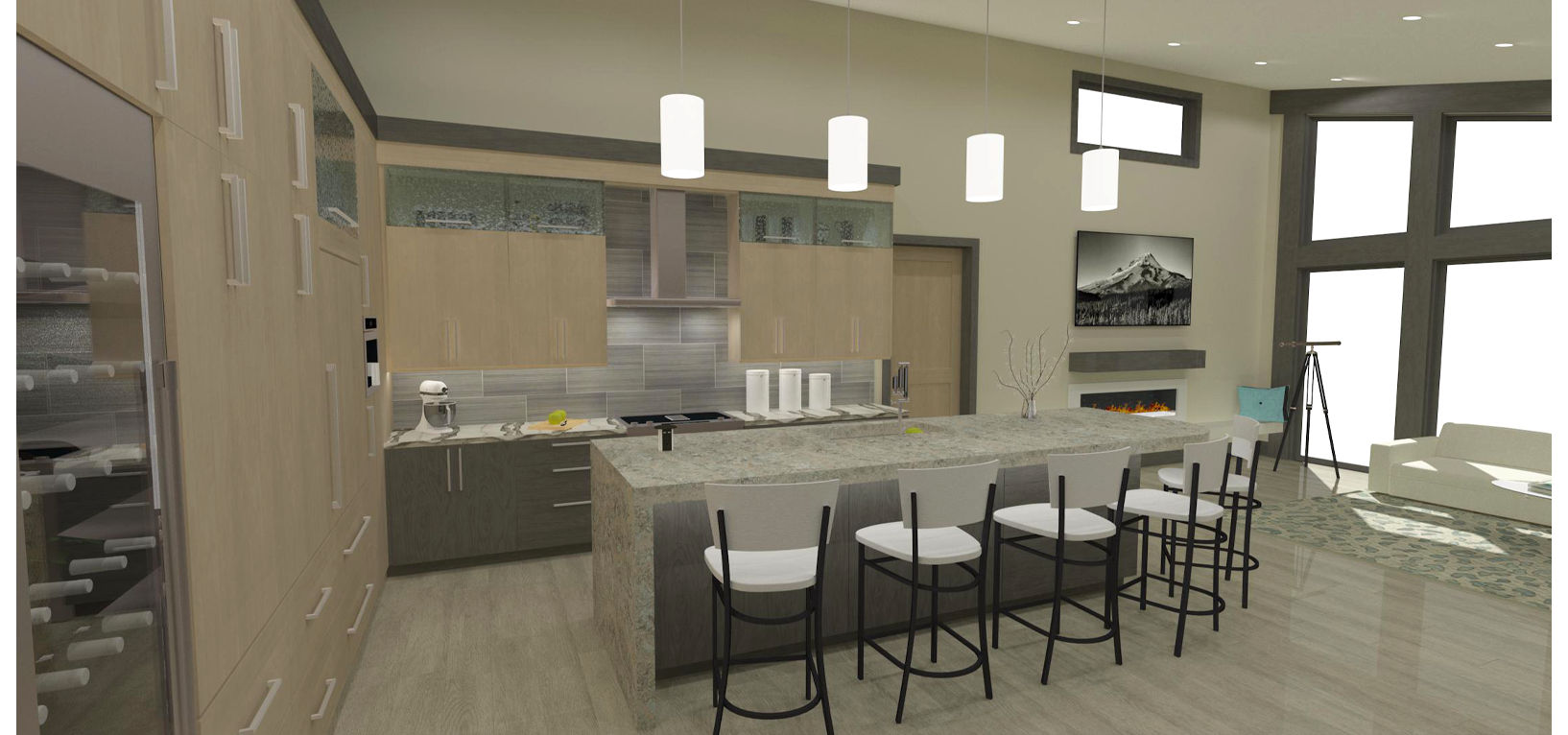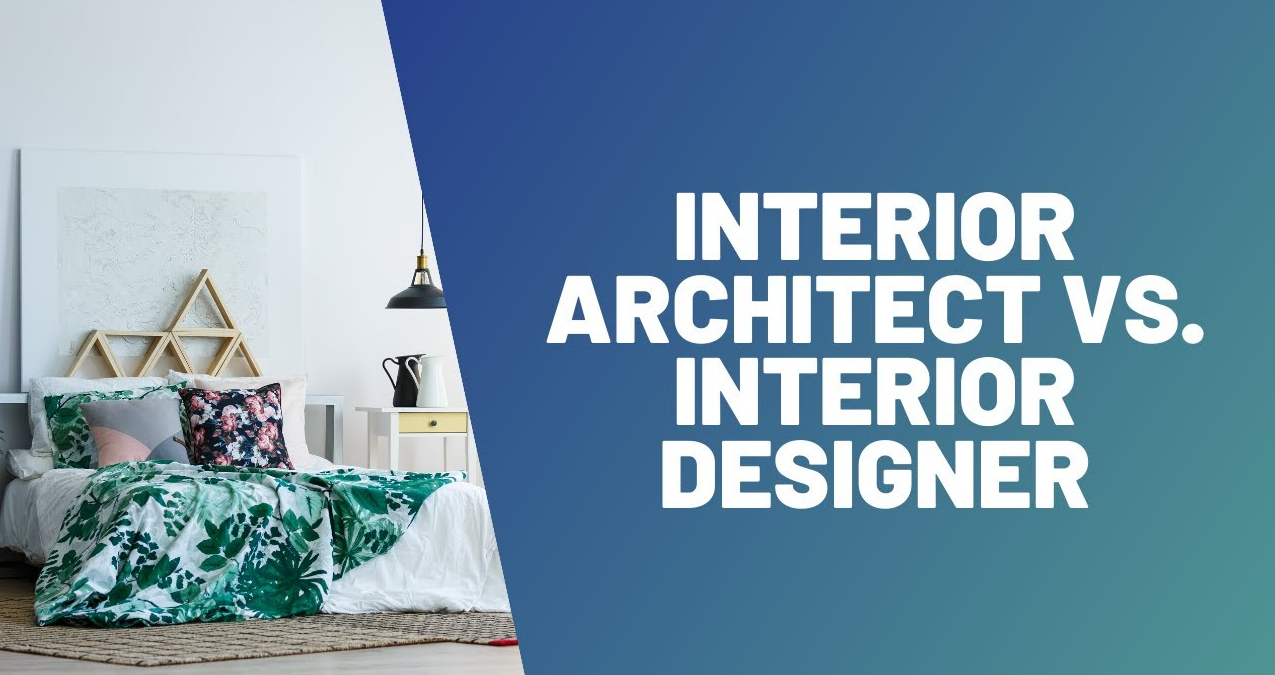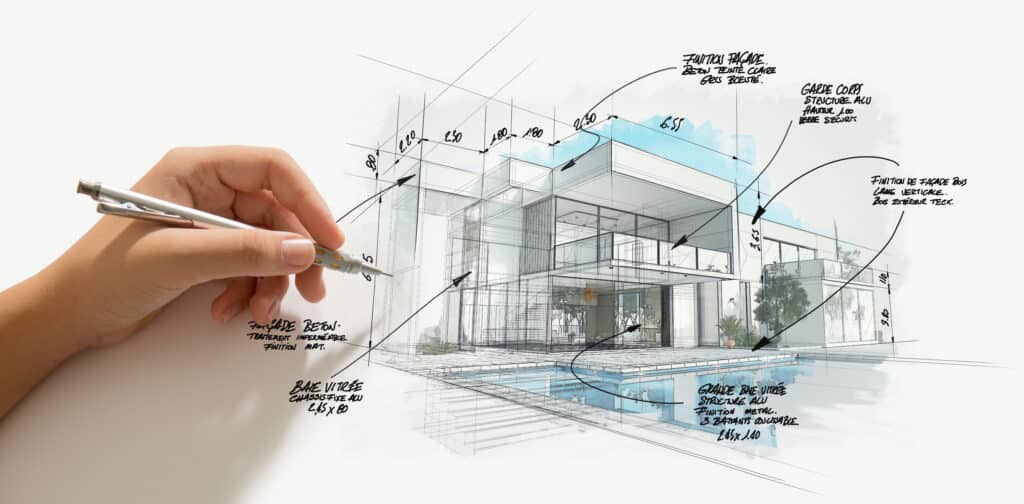The Art of Balance: Just How Interior Design and Home Engineer Collaborate for Stunning Outcomes
In the world of home design, striking a balance between aesthetics and performance is no small feat. This fragile stability is accomplished via the harmonious partnership in between indoor designers and architects, each bringing their unique experience to the table. Keep with us as we check out the complexities of this collective procedure and its transformative influence on home design.
Comprehending the Core Distinctions In Between Interior Decoration and Home Architecture
While both Interior Design and home design play crucial functions in producing aesthetically pleasing and practical rooms, they are naturally various self-controls. Home style mainly concentrates on the structural elements of the home, such as building codes, security regulations, and the physical building and construction of the room. It handles the 'bones' of the structure, collaborating with spatial dimensions, bearing walls, and roofing layouts. On the various other hand, Interior Design is a lot more concerned with boosting the visual and sensory experience within that framework. It involves picking and setting up furnishings, picking color design, and incorporating ornamental elements. While they function in tandem, their functions, obligations, and areas of competence deviate significantly in the development of a harmonious home setting.
The Harmony Between Home Style and Inside Layout
The harmony in between home design and Interior Design hinges on a common vision of style and the enhancement of practical visual appeals. When these two fields align harmoniously, they can change a living area from average to remarkable. This cooperation requires a deeper understanding of each self-control's principles and the ability to develop a cohesive, aesthetically pleasing setting.
Unifying Layout Vision
Merging the vision for home style and Interior Design can develop an unified space that is both useful and visually pleasing. The balance begins with an incorporated attitude; architects and interior designers collaborate, each bringing their experience. This unison of ideas forms the style vision, a plan that guides the project. This common vision is necessary for consistency throughout the home, making certain a fluid transition from outside design to interior rooms. It advertises a synergistic strategy where building aspects enhance Interior Design parts and vice versa. The outcome is a cohesive living space that mirrors the house owner's individuality, preference, and way of living. Hence, unifying the layout vision is vital in mixing style and Interior Design for sensational results.
Enhancing Functional Aesthetic Appeals
How does the harmony between home style and indoor layout boost functional aesthetic appeals? Architects lay the groundwork with their architectural style, making certain that the area is efficient and sensible. An engineer could develop a house with high ceilings and big home windows.
Significance of Partnership in Creating Balanced Spaces
The partnership between interior developers and architects is pivotal in producing well balanced spaces. It brings consistency in between design and design, providing birth to spaces that are not just aesthetically pleasing but additionally functional. Discovering effective joint methods can give insights into how this harmony can be effectively attained.
Harmonizing Style and Design
Balance, an essential facet of both interior design and design, can just truly be achieved when these 2 fields work in harmony. This collaborative process results in a natural, balanced style where every aspect contributes and has a function to the total visual. Balancing layout and design is not just about creating beautiful areas, however regarding crafting spaces that work seamlessly for their occupants.
Successful Joint Methods

Situation Researches: Effective Assimilation of Layout and Architecture
Checking out several study, it emerges just how the effective combination of click for info Interior Design and style can change a space. The Glass Home in Connecticut, renowned for its minimalistic sophistication, is one such example. Engineer Philip Johnson and interior developer Mies van der Rohe worked together to develop a harmonious balance between the interior and the structure, leading to a seamless circulation from the outside landscape to the inner living quarters. Another exemplar is the Fallingwater Home in Pennsylvania. Architect Frank Lloyd Wright and interior designer Edgar Kaufmann Jr.'s joint efforts cause a stunningly unique house that blends with its all-natural surroundings. These instance research studies highlight the profound effect of an effective design and design partnership.

Getting Rid Of Challenges in Design and Style Partnership
Regardless of the undeniable advantages of a successful partnership in between Interior Design and style, it is not without its challenges. Interaction concerns can emerge, as both parties might make use of different terms, understandings, and techniques in their job. This can lead to misunderstandings and hold-ups in project look at this now conclusion. One more major difficulty is the harmonizing act of aesthetics and capability. Designers might focus on architectural integrity and security, while designers concentrate on convenience and design. The combination of these goals can be complicated. Additionally, budget plan and timeline restrictions typically include pressure, potentially creating breaks in the cooperation. As a result, efficient communication, good understanding, and compromise are essential to overcome these difficulties and attain a unified and effective collaboration.

Future Patterns: The Progressing Relationship Between Home Architects and Inside Designers
As the globe of home design proceeds to develop, so does the relationship between engineers and indoor developers. Alternatively, interior designers are welcoming technological elements, affecting total format and functionality. The future promises an extra cohesive, innovative, and flexible technique to home design, as designers and architects continue to blur the lines, promoting a connection that really symbolizes the art of equilibrium.
Conclusion
The art of balance in home layout is achieved with the unified partnership in between indoor designers and architects. Despite difficulties, this collaboration promotes growth and innovation in design.
While both indoor design and home style play crucial functions in creating visually pleasing and practical spaces, they are naturally various disciplines.The synergy in between home design he has a good point and indoor layout lies in a common vision of style and the enhancement of useful aesthetics.Unifying the vision for home design and interior design can create an unified living area that is both functional and visually pleasing. Therefore, unifying the layout vision is essential in blending design and indoor style for magnificent outcomes.
Just how does the harmony in between home style and interior style enhance useful appearances? (Winchester architect)